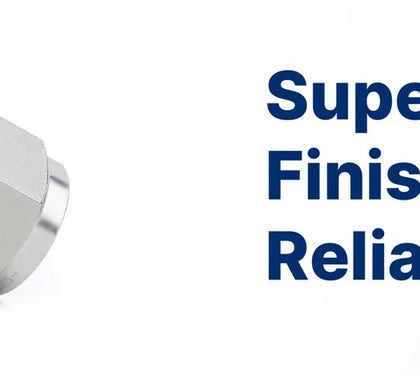Compression fittings are essential components in fluid systems, offering a reliable method for creating leak-proof connections between pipes or tubes. Whether in plumbing, HVAC, or industrial applications, compression fittings play a crucial role in maintaining system integrity. Here's what you need to know about compression fittings:
1. How Compression Fittings Work:
Compression fittings consist of three main parts: a compression nut, a compression ring (also known as a ferrule), and a body. The body typically has a threaded end to connect to pipes or tubes. As the compression nut is tightened onto the body, it compresses the ring against the fitting and the pipe/tube, creating a tight seal.
2. Materials and Construction:
Compression fittings are commonly made from materials like brass, stainless steel, or copper, chosen for their corrosion resistance and durability. The compression ring is usually made from soft metal or plastic to ensure a proper seal without damaging the pipe or tube.
3. Advantages of Compression Fittings:
-
Versatility: Compression fittings can connect pipes or tubes of various materials, including metal, plastic, or composite.
-
Ease of Installation: Unlike soldering or welding, compression fittings require no special tools or skills for installation. They can be assembled quickly and easily in tight spaces.
-
Reusability: Compression fittings can be disassembled and reassembled multiple times without compromising their sealing ability, making them ideal for applications requiring periodic maintenance or adjustments.
4. Applications:
Compression fittings find widespread use in various industries and applications, including:
-
Plumbing: Connecting water supply lines, faucets, and fixtures.
-
HVAC: Joining refrigerant lines, air conditioning units, and heat exchangers.
-
Industrial: Utilized in hydraulic and pneumatic systems, instrumentation, and process control.
5. Best Practices for Installation:
To ensure reliable performance and leak-free connections, follow these installation tips:
-
Proper Sizing: Use compression fittings designed for the specific size and type of pipe or tube.
-
Clean Surfaces: Ensure pipe ends are clean, smooth, and free from debris before assembly.
-
Correct Tightening: Avoid over-tightening, which can damage the fitting or distort the compression ring, leading to leaks. Follow manufacturer recommendations for torque specifications.
6. Maintenance and Inspection:
Regular inspection of compression fittings is essential to detect any signs of wear, corrosion, or leaks. Replace worn or damaged fittings promptly to prevent system failures.
In conclusion, compression fittings provide a reliable and versatile solution for creating leak-proof connections in fluid systems. With proper installation and maintenance, they ensure the integrity and efficiency of plumbing, HVAC, and industrial applications.



